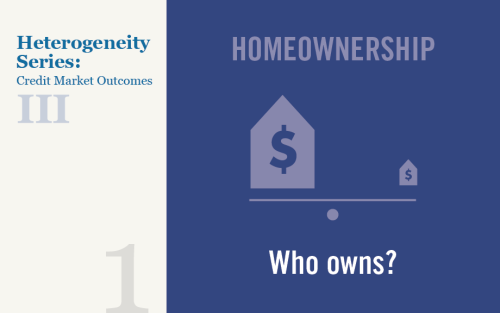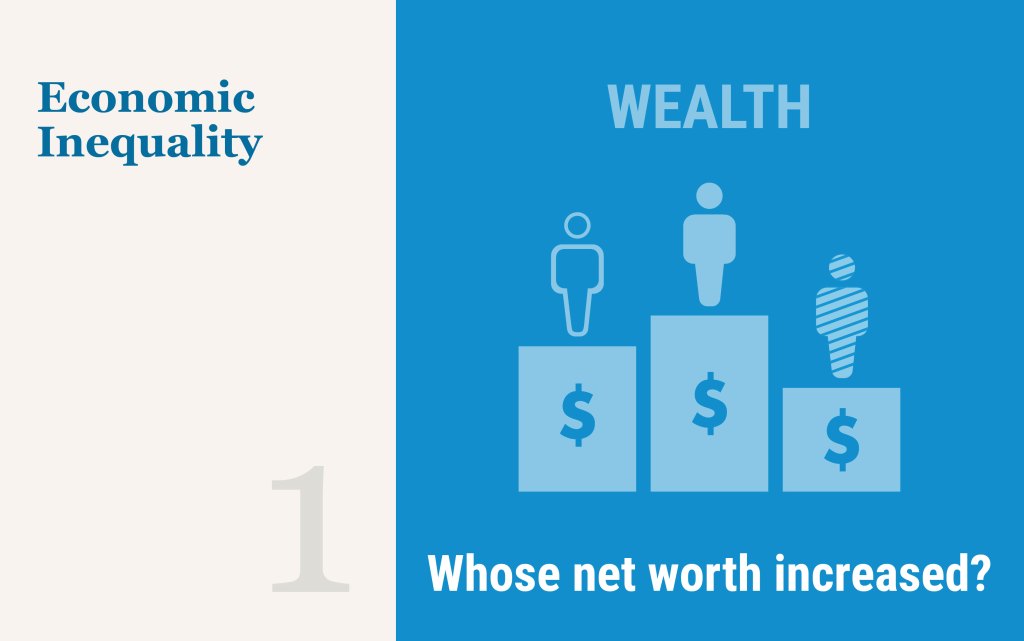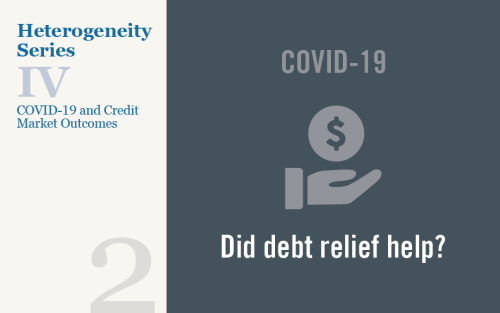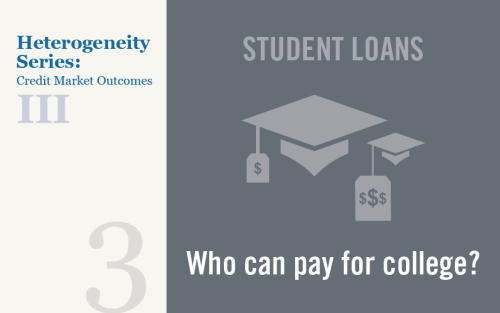How Do Consumers Believe the Pandemic Will Affect the Economy and Their Households?

In this post we analyze consumer beliefs about the duration of the economic impact of the pandemic and present new evidence on their expected spending, income, debt delinquency, and employment outcomes, conditional on different scenarios for the future path of the pandemic. We find that between June and August respondents to the New York Fed Survey of Consumer Expectations (SCE) have grown less optimistic about the pandemic’s economic consequences ending in the near future and also about the likelihood of feeling comfortable in crowded places within the next three months. Although labor market expectations of respondents differ considerably across fairly extreme scenarios for the evolution of the COVID pandemic, the difference in other economic outcomes across scenarios appear relatively moderate on average. There is, however, substantial heterogeneity in these economic outcomes and some vulnerable groups (for example, lower income, non-white) appear considerably more exposed to the evolution of the pandemic.
Inequality in U.S. Homeownership Rates by Race and Ethnicity

Homeownership has historically been an important means for Americans to accumulate wealth—in fact, at more than $15 trillion, housing equity accounts for 16 percent of total U.S. household wealth. Consequently, the U.S. homeownership cycle has triggered large swings in Americans’ net worth over the past twenty-five years. However, the nature of those swings has varied significantly by race and ethnicity, with different demographic groups tracing distinct trajectories through the housing boom, the foreclosure crisis, and the subsequent recovery. Here, we look into the dynamics underlying these divergences and explore some potential explanations.
Just Released: Racial Disparities in Student Loan Outcomes

A $20 billion rise in student loan balances in the third quarter of this year contributed to a $92 billion increase in total household debt, according to the latest Quarterly Report on Household Debt and Credit from the New York Fed’s Center for Microeconomic Data. This post explores racial disparities in student loan outcomes using information about the borrowers’ locations, grouping zip codes based upon which racial group constitutes the majority of an area’s residents.














 RSS Feed
RSS Feed Follow Liberty Street Economics
Follow Liberty Street Economics